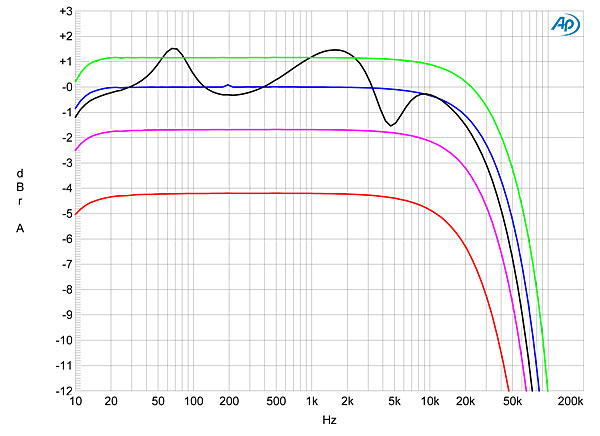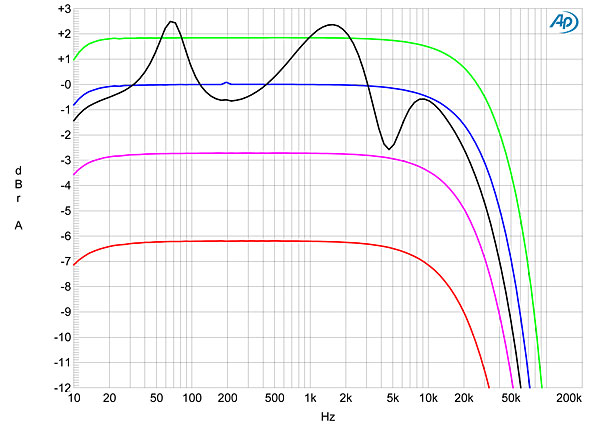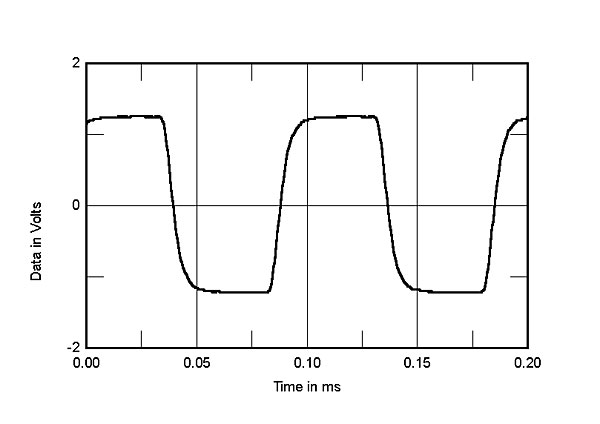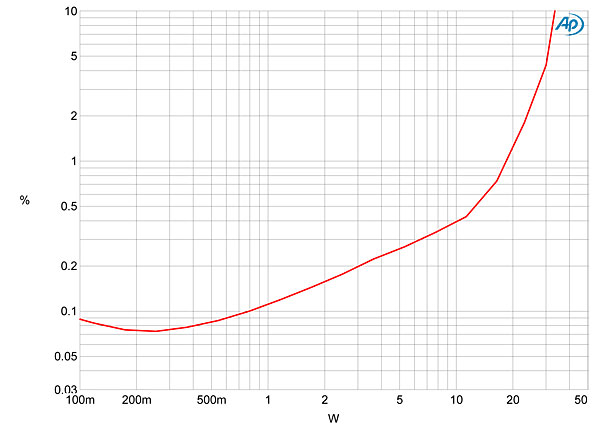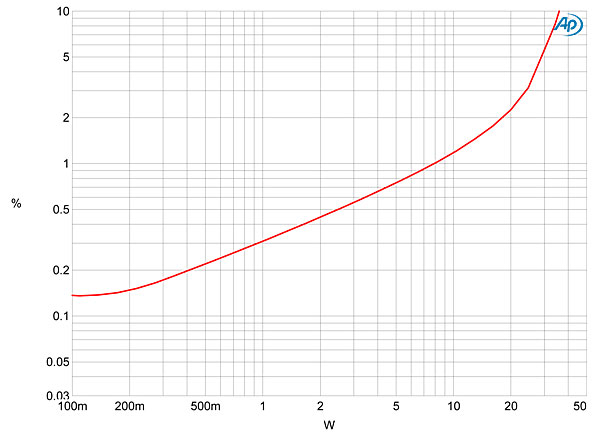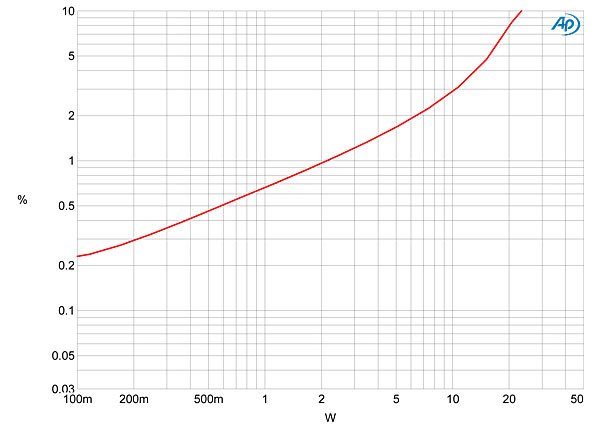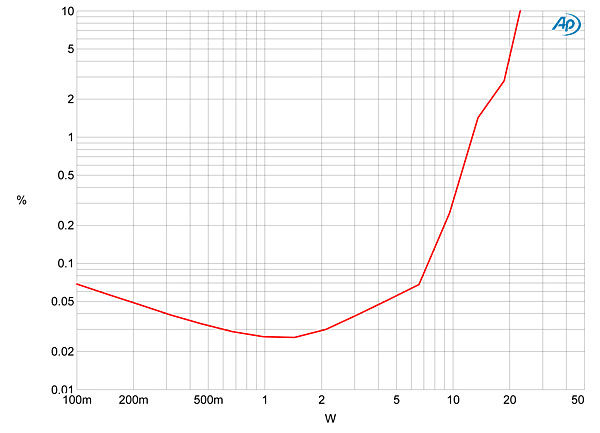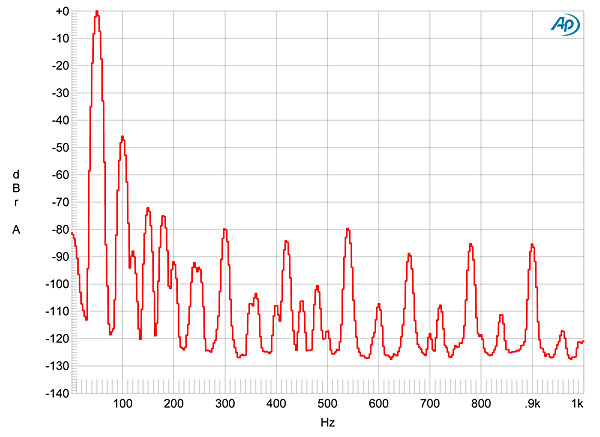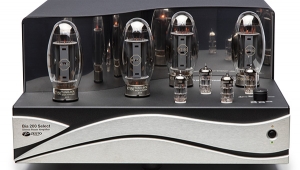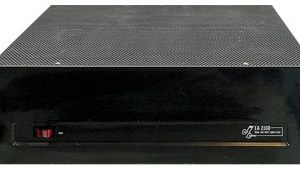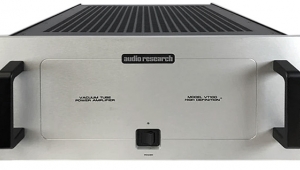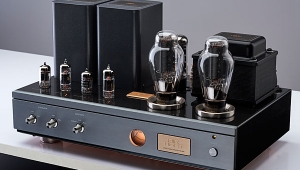| Columns Retired Columns & Blogs |
For some reason these amps really piqued my interest when they came out (always been a fan of the laboratory aesthetic), but I could find little in the way of a review other than show reports. What really made my day was to find Jansch and Renbourn were used for the review; always nice to match the calibre of the music with the system!

